The importance of pet play
Fun, fun, fun…
All pet owners enjoy watching the playful antics of their pets. In fact most pet owners consider this one of the most enjoyable aspects of pet ownership. Have you ever wondered what makes your pet play, what you can do to encourage your pet to play or what makes a good toy for your pet? Here are some tips…
Why do pets like to play?
- When young, pet play is practice for life. Kittens stalking and pouncing on toy mice are learning to hunt.
- Play exercises our pets’ bodies and their minds. Most breeds of dogs traditionally had jobs to do. Playing with toys and interacting with us is now their role.
- We have bred our pets to have juvenile personalities all their lives. So while puppies and kittens especially love to play, even adult animals will play given the chance. Mature aged pets can also be encouraged to partake in a little gentle play.
The benefits of play
- Play can help keep our pets’ bodies and minds healthy. Chasing balls, tossing toys in the air, finding toys under the rug and interacting with us all encourage our pets to exercise.
- Pets are now suffering from unprecedented levels of obesity (yes, just like us!). Play is an excellent way of encouraging your pet to keep active. Of course, a balanced diet is also good for your pet.
- Just as our bond with our pet benefits from interaction, so too does our pet’s bond with us. Want your dog or cat to love you more? Play with him.
- Play can help prevent behaviour problems of dogs and cats. Giving your cat the opportunity to “hunt” at home can prevent the need to hunt wildlife. Giving your dog the opportunity to chase balls and chew toys can stop him barking or annoying you or even escaping and roaming the neighbourhood.
- Pets can overcome boredom or separation anxiety in cats and dogs.
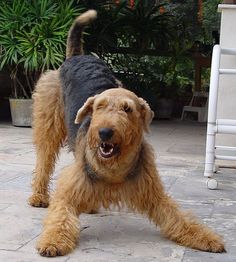
How can we encourage our pets to play?
- Play with the toys yourself. Toss balls in the air, and throw them to one another. Your dog will want to join in. Reward him when he brings a toy to you by giving him praise, a pat or interacting with the toy.
- Use a toy that dispenses treats to get your food-motivated dog interested. Fill this toy with treats (cat biscuits taste great to dogs!) and let your dog seek them out. Toys such as these are great if your dog likes to play when left alone.
- Interact with your cat to encourage him to play. Cats love to follow moving objects so trail a cat toy behind you (try fixing it to your waistband). Cats are less likely to play with toys when left alone but some do, so provide lots of toys.
- Many people state they have backyards full of toys that their pet never plays with! Time to change. Rotate your pet’s toys around on a daily or weekly basis. If they don’t see a toy for a week, it’s like getting a new toy. Also, take your pet’s toy away from them after a play session. This keeps them interested (just like kids get bored, so do your pets).
What makes a good toys for pets?
A good toy is one that your pet enjoys playing with. It does not need to be expensive (cats love cardboard boxes) but it does need to be safe:
- Check for loose cords and stitching. Sadly some pets hang themselves on the ropes and cords of toys and others choke on the stuffing of soft toys. Thin plastic can also splinter hurting your pet’s mouth.
- Remember your pet has sharp teeth (especially in the case of cats) and strong jaws (especially in the case of dogs) and may rip apart toys that you thought were safe. Always supervise your pet’s play with the toy until you are sure he is safe.
- Investing in a well-designed and made toy can actually cost less in the long run. You will be replacing cheaper toys regularly.
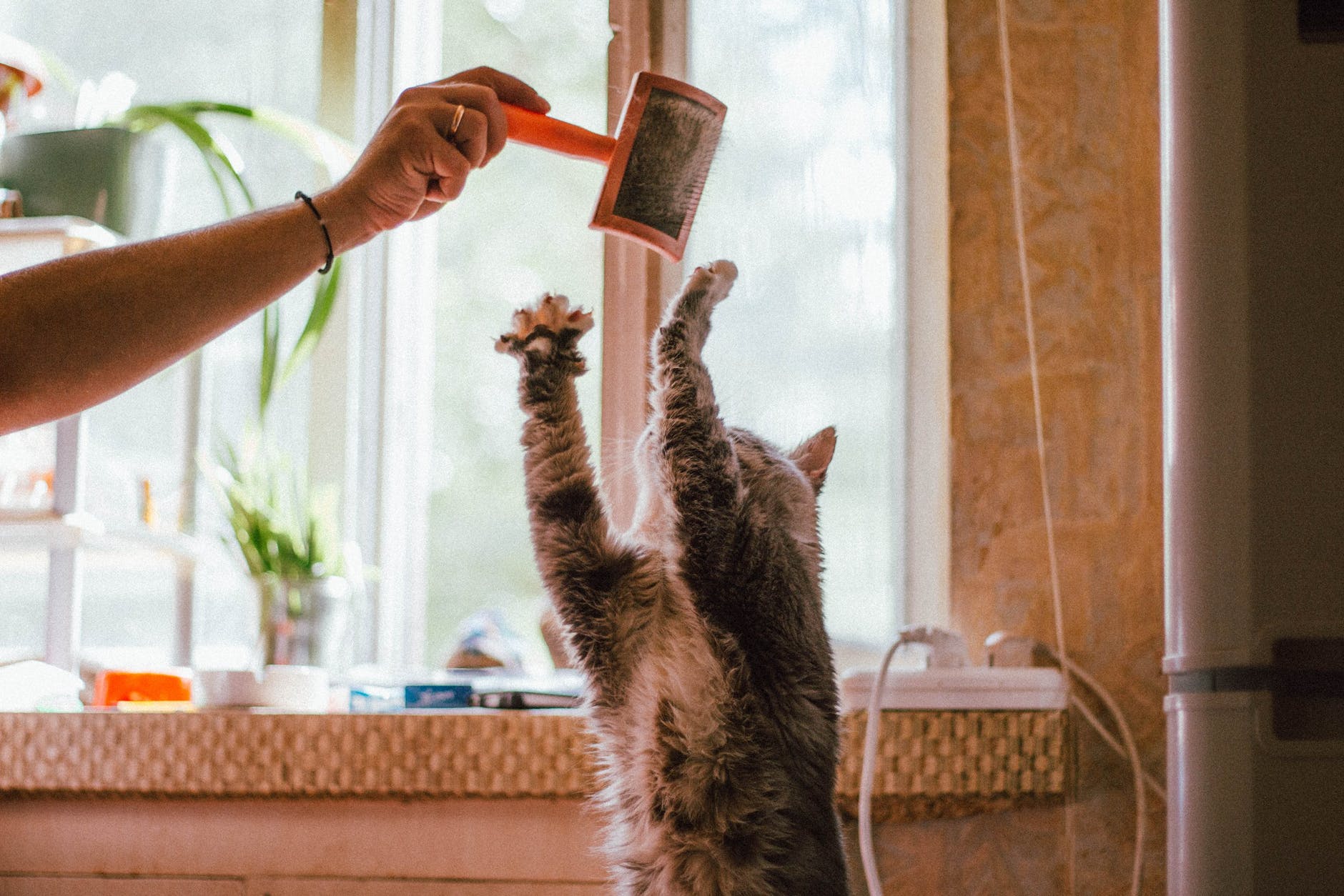
More pet play tips…
- Keep your pet’s favourite toy for when you really need them to behave. For some people this is when they go to work. For others it’s when they have visitors. Your pet will devote his attention to the toy.
- If you really hate the outdoor lifestyle, you can play with your pet around your home. Hide toys under a light towel or rug and encourage your pet to seek them out. Throw a ball from the comfort of your armchair (remove all fragile objects first!).
- Try a game of hide and seek with your dog. Have someone hold your dog until you hide and then let him find you. Dogs love it and you may even get your cat to join in the game. Parrots also love to play peek-a-boo with you.
- Read more about cat play and when this type of pet play turns into a catfight!
How can you tell if your cat is bored?
About the author
Dr Jo Righetti is an animal behaviour consultant, helping people improve the life of their pets. Read more about Dr Jo and Pet Problems Solved.
More about pets
- Enrichment Stuffing: A Beginner’s Guide to Stuffing Dog Toys
 Enrichment Stuffing: A Beginner’s Guide to Stuffing Dog Toys Ever wondered how to keep your dog amused when they are alone or you just
Enrichment Stuffing: A Beginner’s Guide to Stuffing Dog Toys Ever wondered how to keep your dog amused when they are alone or you just - Chilli Dog And Bush Turkey Go for a Walk!
 Chilli Dog and Bush Turkey go for a Walk! This is the story and Chilli dog and a Bush Turkey!Right now, December, in Australia’s
Chilli Dog and Bush Turkey go for a Walk! This is the story and Chilli dog and a Bush Turkey!Right now, December, in Australia’s - Do Cats and Dogs like to Look at Us?
 Do cats and dogs like to look at us? We like to look into the faces of our pets but do cats and dogs
Do cats and dogs like to look at us? We like to look into the faces of our pets but do cats and dogs - What Pets Can Teach Us About Happiness
 What pets can teach us about happiness Are you happy? Is your pet happy? And just what is happiness? The Oxford English Dictionary defines
What pets can teach us about happiness Are you happy? Is your pet happy? And just what is happiness? The Oxford English Dictionary defines - 9 Surprising Things you May Learn About Your Pets While in Social Isolation
 9 Surprising Things You May Learn About Your Pets While in Social Isolation You are never alone when you have a pet. During this
9 Surprising Things You May Learn About Your Pets While in Social Isolation You are never alone when you have a pet. During this - Coronavirus Isolation With Pets: 7 Healthy/ Indulgent Activities to Do Together
 Coronavirus Isolation with Pets: 7 Healthy/ Indulgent Activities to Do Together Isolation can be tough but when you have pets, you are never truly
Coronavirus Isolation with Pets: 7 Healthy/ Indulgent Activities to Do Together Isolation can be tough but when you have pets, you are never truly - Psychiatric disorders and pets: Can Exposure to pets when young influence schizophrenia and bipolar diagnosis?
 Psychiatric disorders and pets: Can exposure to pets when young influence schizophrenia and bipolar diagnosis? Pets are good for us. They help us have
Psychiatric disorders and pets: Can exposure to pets when young influence schizophrenia and bipolar diagnosis? Pets are good for us. They help us have - Cleaning Up Pet Toileting Accidents
 Cleaning up pet toileting accidents Tips for Cleaning up Pet Pee and Poo Toileting Problems Around Your Home ‘Accidents’ around the home need to
Cleaning up pet toileting accidents Tips for Cleaning up Pet Pee and Poo Toileting Problems Around Your Home ‘Accidents’ around the home need to - You Moved To Sydney But Your Pet Didn’t. Now What?
 YOU MOVED TO SYDNEY BUT YOUR PET DIDN’T. NOW WHAT? HOW TO SURVIVE LIVING AWAY FROM YOUR PET A guide, from author Eugenia Bonocore,that
YOU MOVED TO SYDNEY BUT YOUR PET DIDN’T. NOW WHAT? HOW TO SURVIVE LIVING AWAY FROM YOUR PET A guide, from author Eugenia Bonocore,that


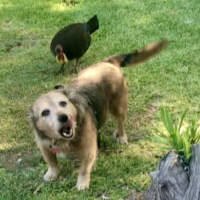







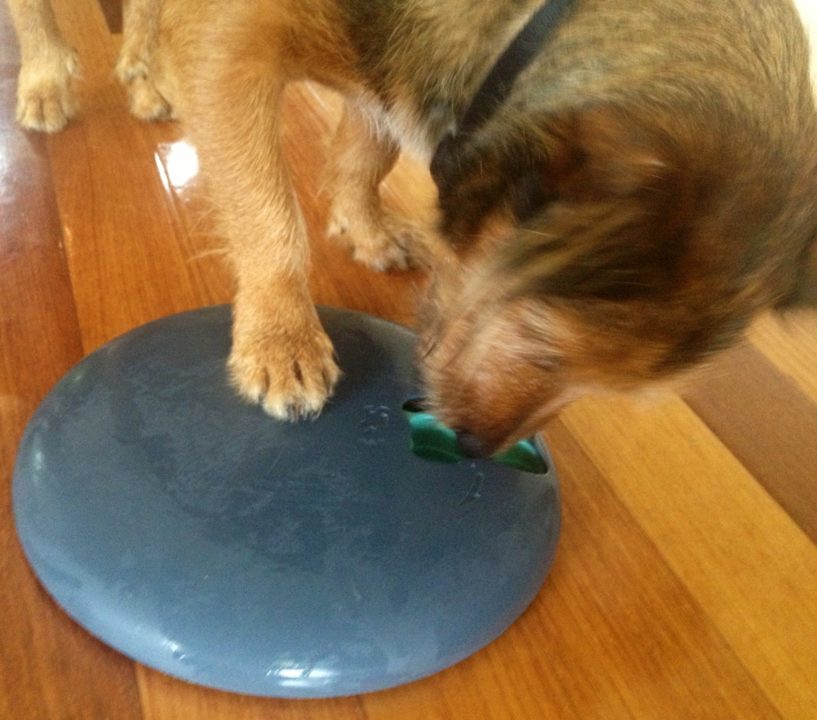
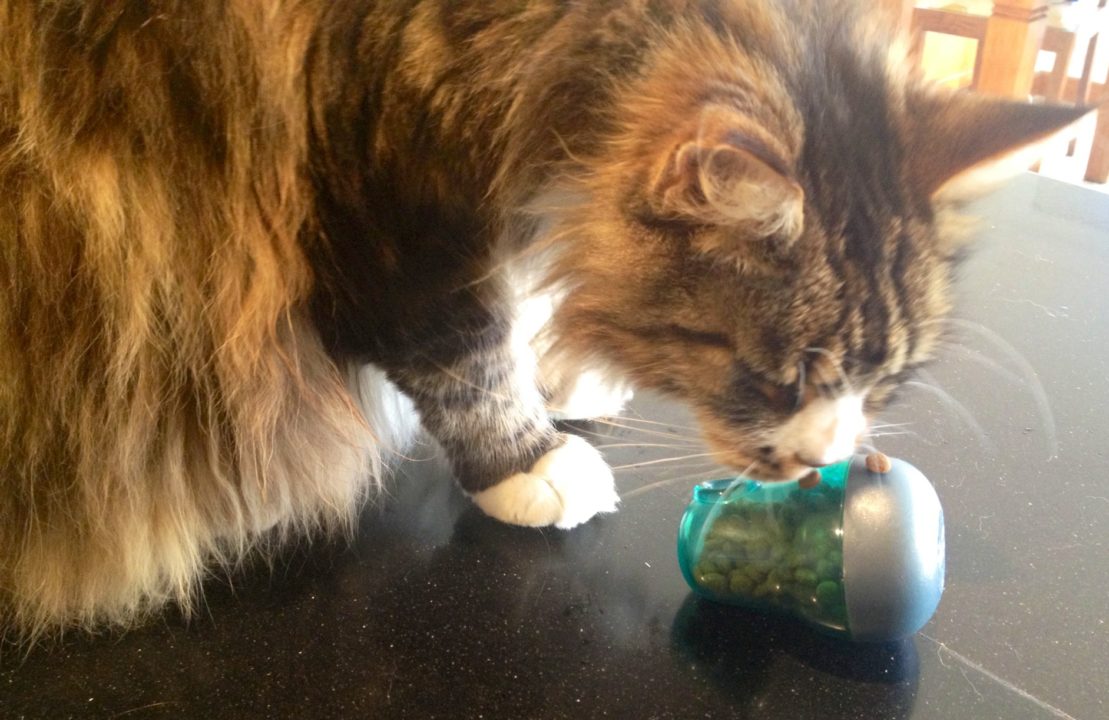
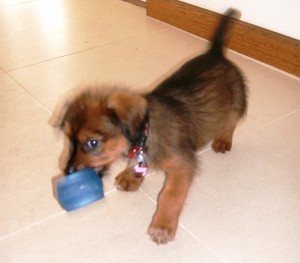
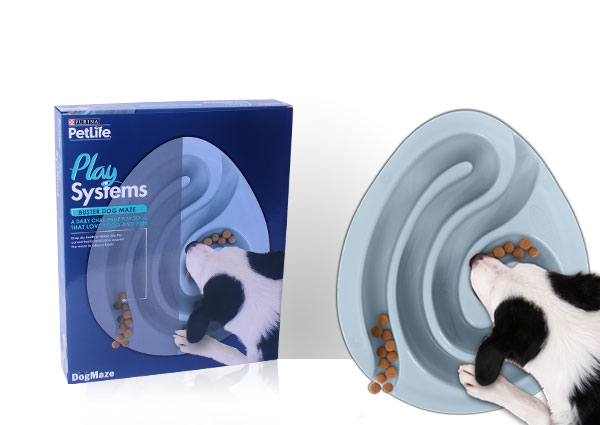


Gypsy likes to play with mouse toys but she ingested a hair tie
#survival #animals
https://t.co/KKN4sjLVho